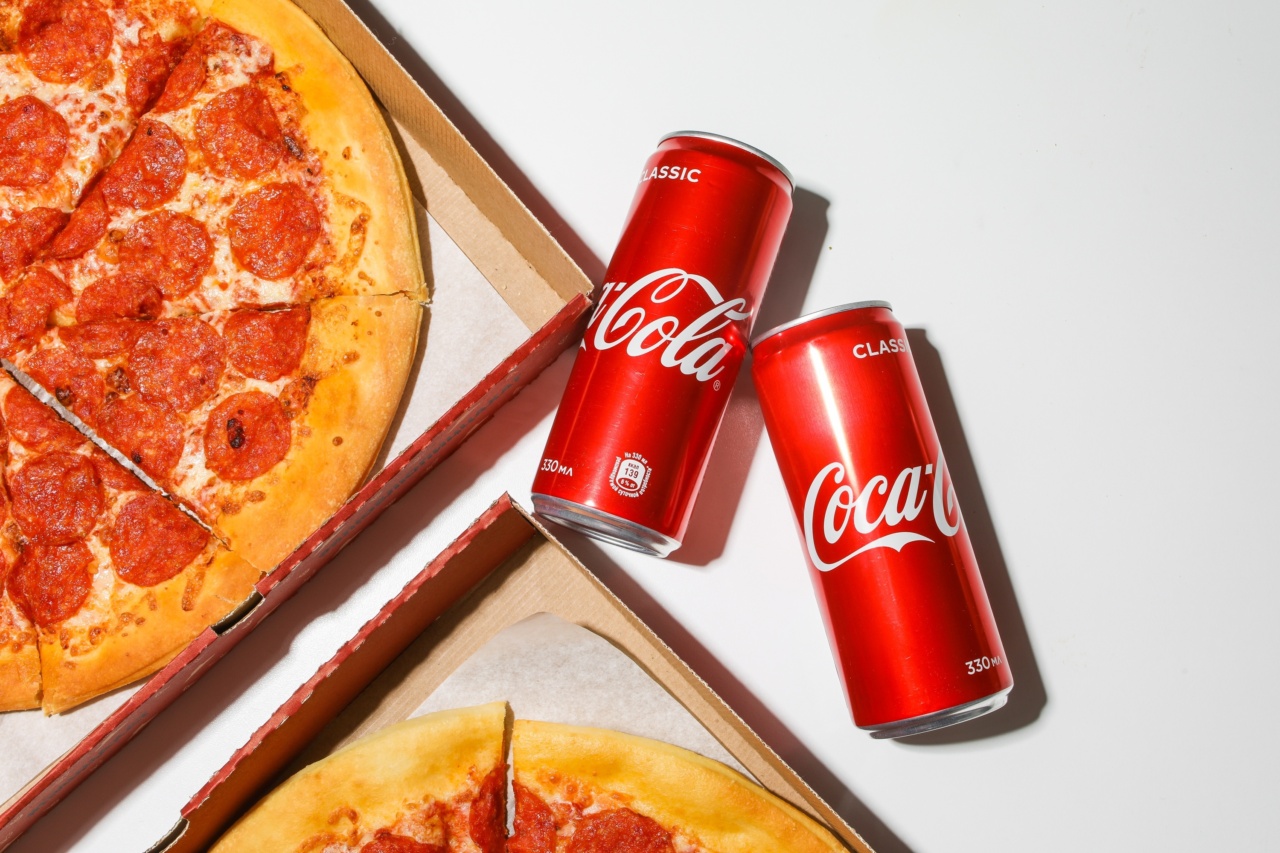Fast food is often considered as a quick and convenient food choice for people who are on the go. However, the popularity of fast food has linked to an increased risk of cardiovascular disease (CVD), which is a common cause of mortality worldwide.
In this article, we will explore the relationship between fast food consumption and CVD risk. We will also conduct a risk assessment to determine the potential health effects of consuming this type of food.
Understanding Cardiovascular Disease (CVD)
Cardiovascular disease is a group of diseases that affect the heart and blood vessels. This includes conditions such as coronary artery disease, heart failure, and stroke.
CVD is the leading cause of death globally, with an estimated 17.9 million deaths each year. Several factors can increase the risk of developing CVD, including high blood pressure, high cholesterol levels, obesity, smoking, and a sedentary lifestyle.
The Role of Fast Food in CVD Development
Fast food is a significant contributor to the global epidemic of obesity, which is a leading risk factor for CVD. Fast food is often high in calories, saturated and trans fats, sodium, and added sugars.
Several studies have shown that frequent fast food consumption is associated with an increased risk of CVD and other health problems like diabetes and metabolic syndrome. The high sodium content in fast food can lead to high blood pressure, which is another risk factor for CVD.
Risk Assessment of Fast Food Consumption and CVD
A risk assessment involves evaluating the potential health effects of a particular food or activity. Here, we will conduct a risk assessment of fast food consumption and the potential risk of developing CVD.
The risk assessment will be based on the following factors:.
Frequency of Fast Food Consumption
Research has shown that frequent consumption of fast food can increase the risk of CVD. Individuals who consume fast food more than once a week have a higher risk of developing CVD than those who consume it less frequently.
Therefore, the frequency of fast food consumption will be a significant factor in the risk assessment.
Amount Consumed
The amount of fast food consumed also plays a role in the risk of developing CVD. Fast food items are often high in calories, saturated fats, and sodium.
Consuming large portions of these foods can lead to obesity, high blood pressure, and high cholesterol levels. Therefore, the amount of fast food consumed will be a factor to consider in the risk assessment.
Nutritional Quality
The nutritional quality of fast food is generally poor. However, some fast-food items may contain more healthful ingredients like fruits, vegetables, and lean proteins.
Therefore, the nutritional quality of fast food consumed will be another factor to consider in the risk assessment.
Other Risk Factors for CVD
Several risk factors increase the risk of developing CVD, including smoking, physical inactivity, and a family history of CVD.
These factors will also be incorporated into the risk assessment to determine the overall risk of developing CVD associated with fast food consumption.
The Result of the Risk Assessment
Based on the above factors, the risk assessment of fast food consumption and CVD reveals that frequent consumption of fast food can increase the risk of developing CVD in individuals.
Individuals who consume fast food more than once a week and in large amounts have a higher risk of developing CVD. The nutritional quality of fast food can also impact the risk of developing CVD, but its impact is limited in the face of other factors like frequency and amount consumed.
Additionally, other risk factors such as physical inactivity and smoking can also contribute to the risk.
Conclusion
In conclusion, the relationship between fast food consumption and CVD risk is apparent. Frequent consumption of these foods can lead to obesity, high blood pressure, and high cholesterol levels, all of which are risk factors for CVD.
The risk assessment of fast food consumption and CVD showed that individuals who consume fast food frequently are at a higher risk of developing CVD than those who do not. Therefore, it is essential to limit fast food consumption or choose healthier options when possible to reduce the risk of developing CVD and other health problems.



























